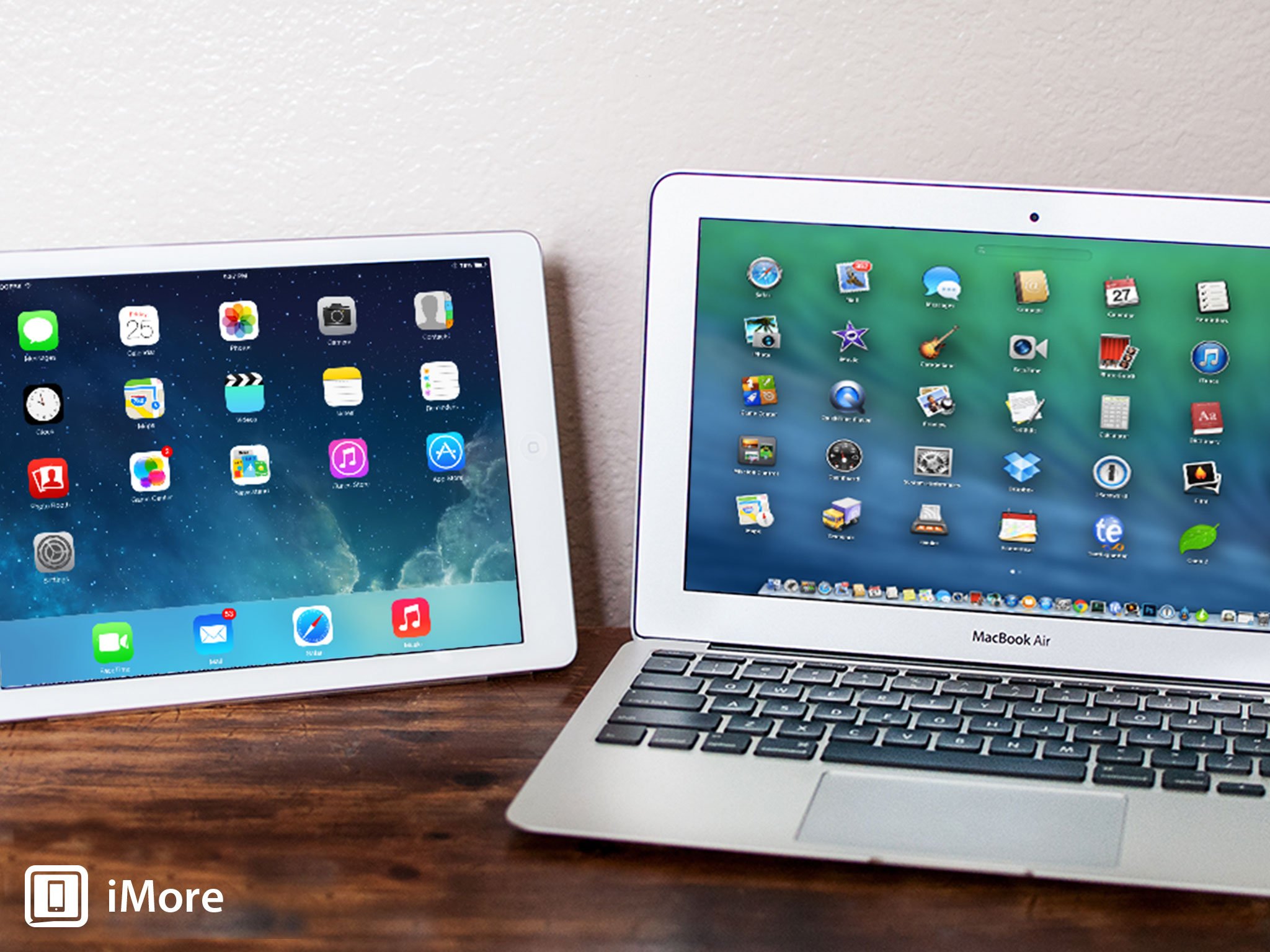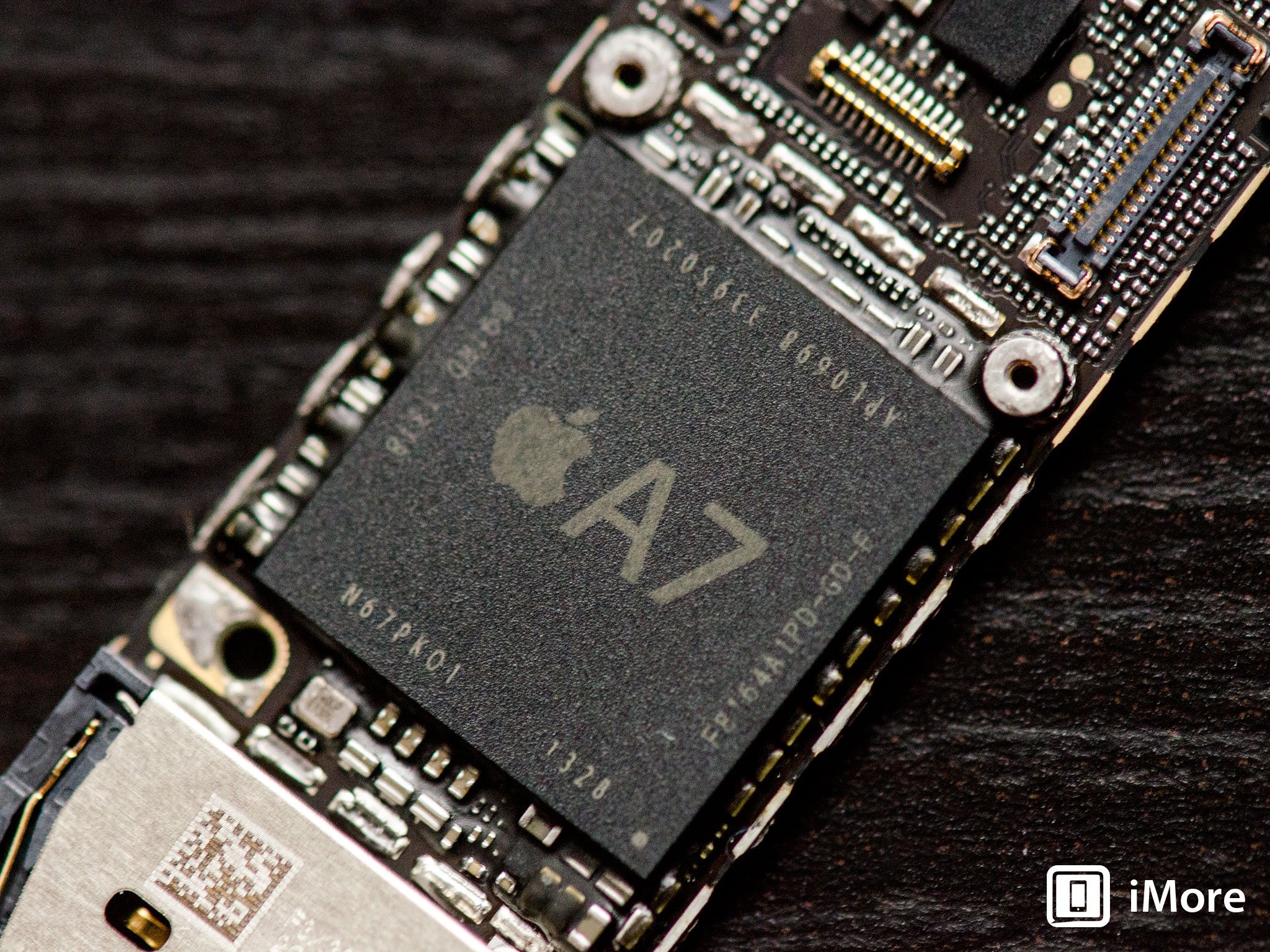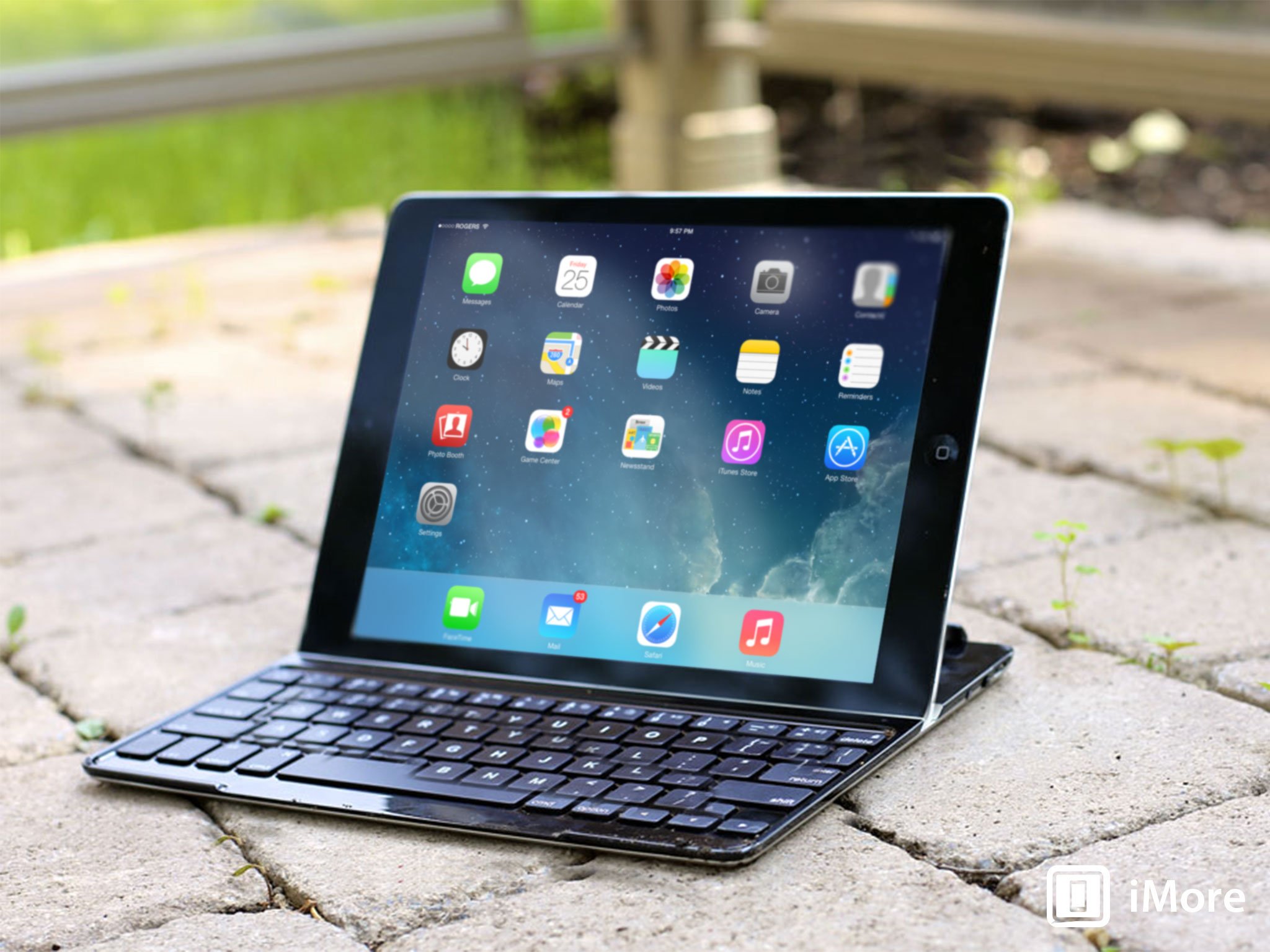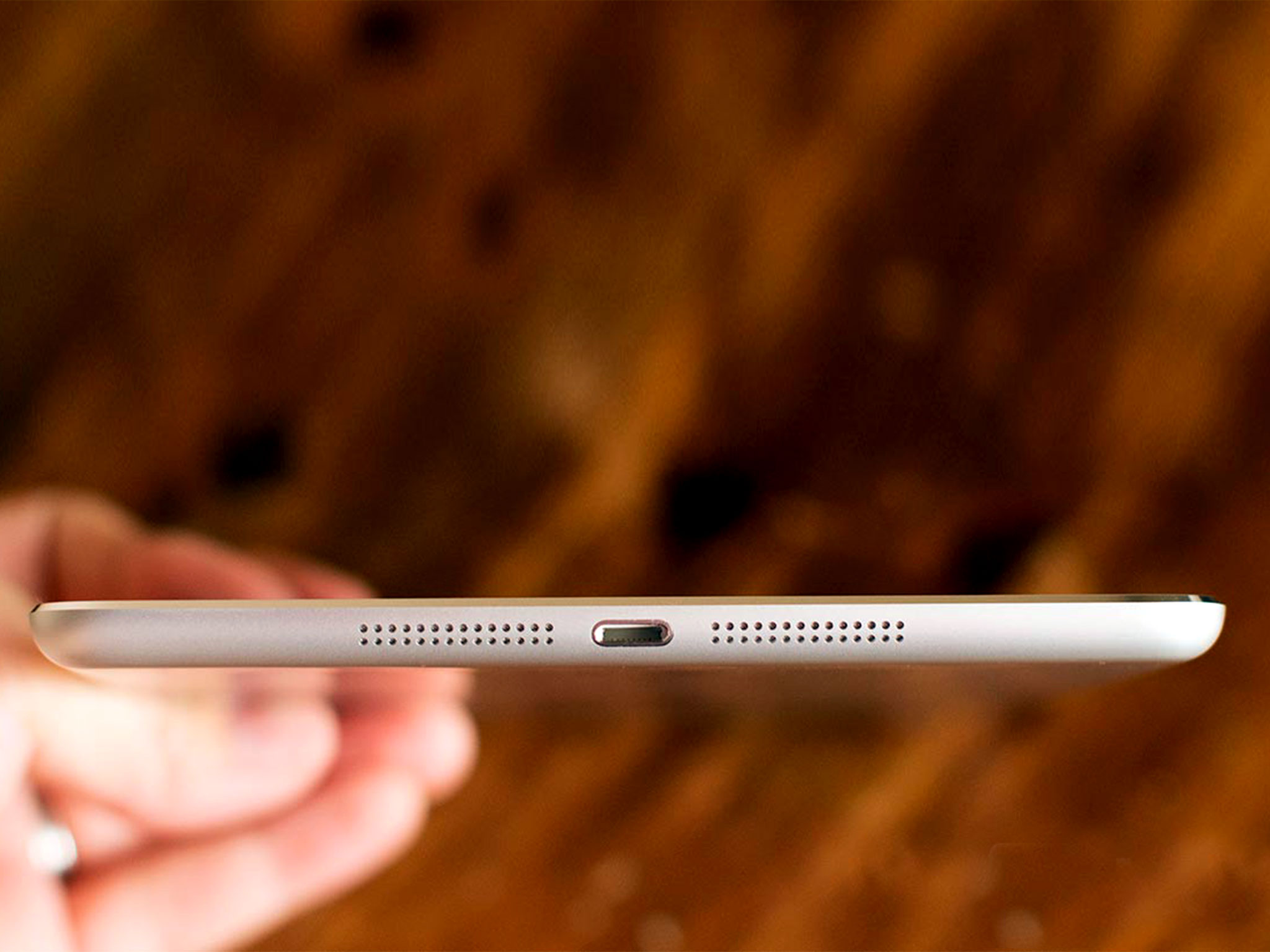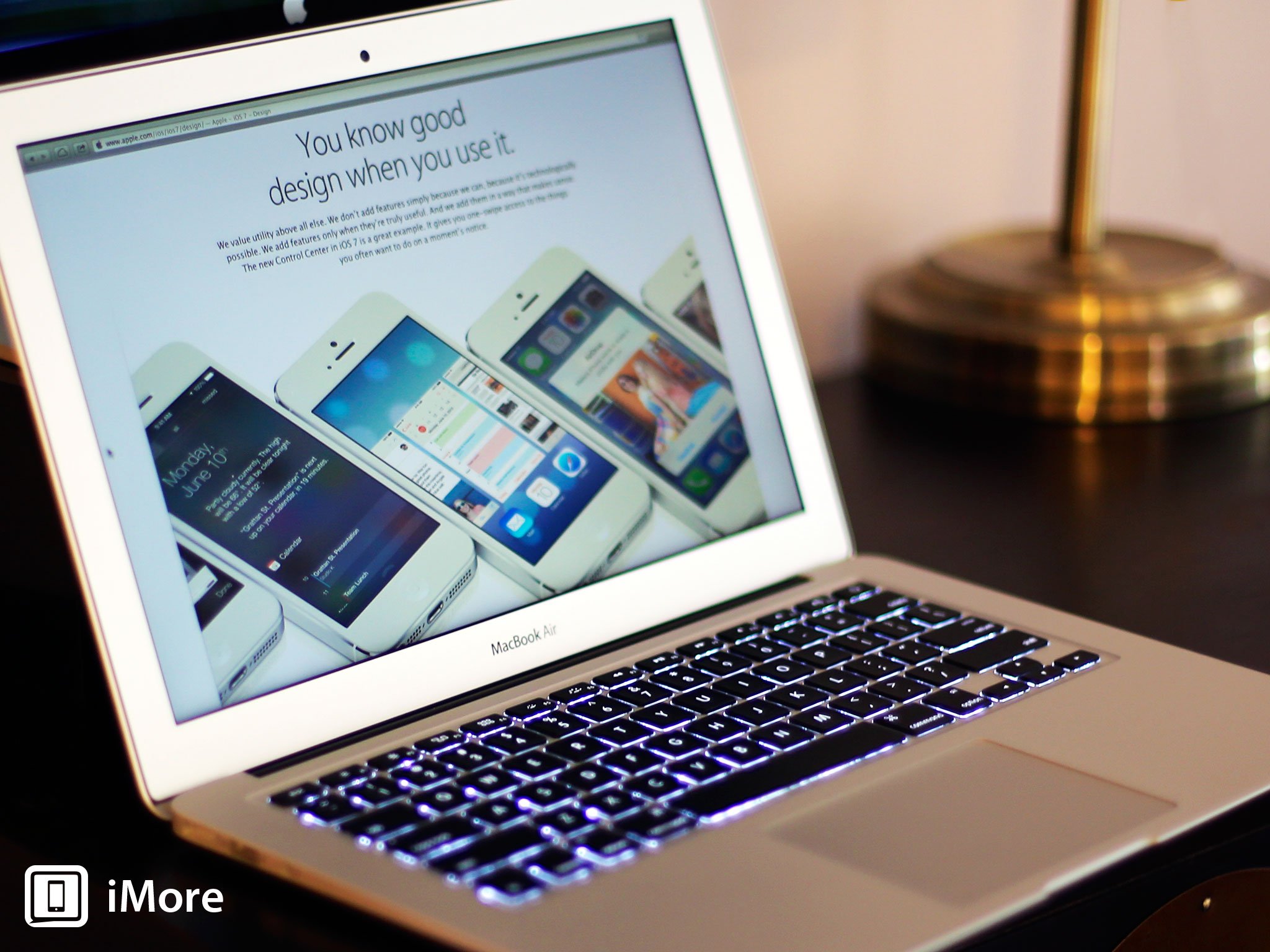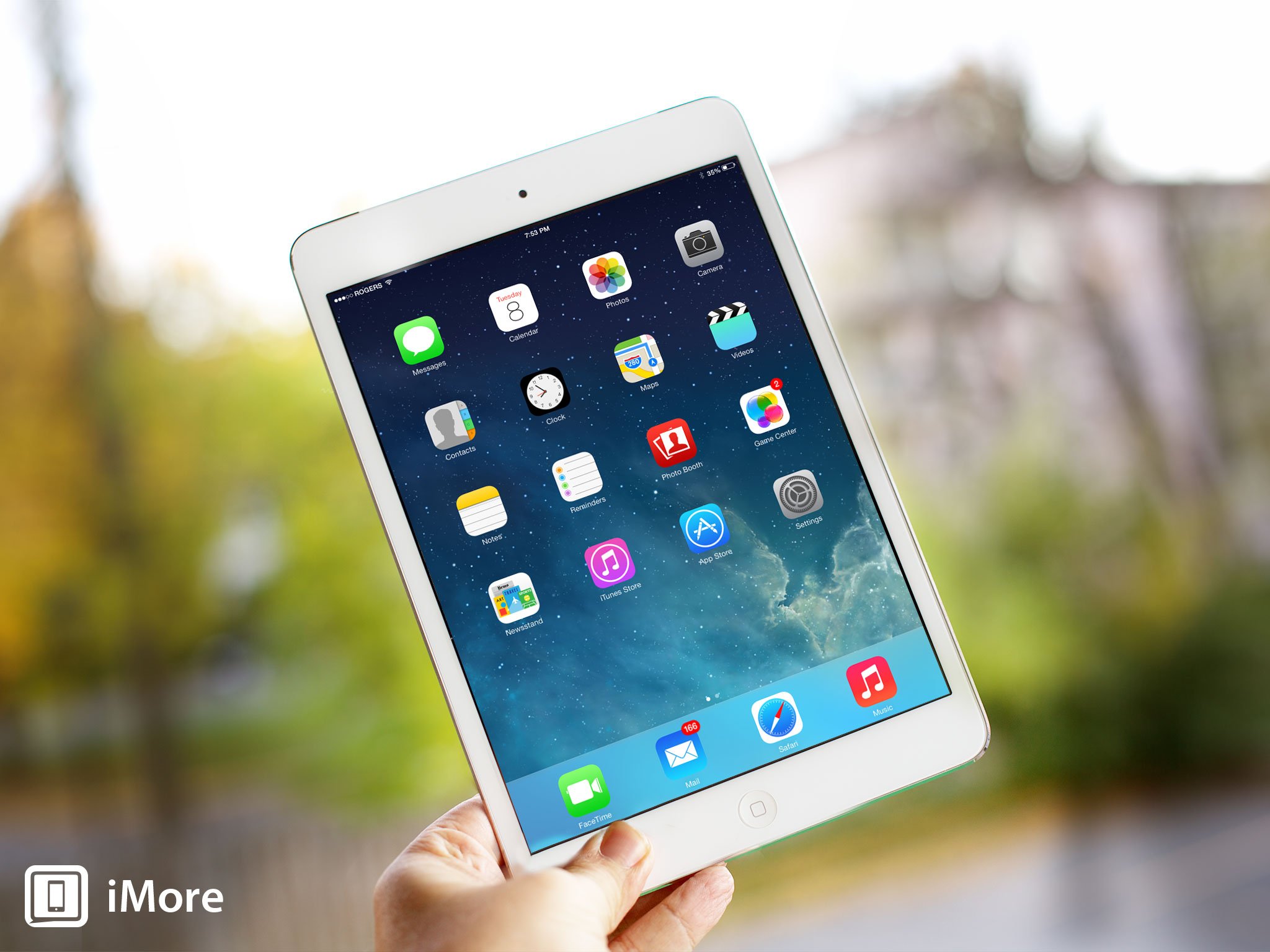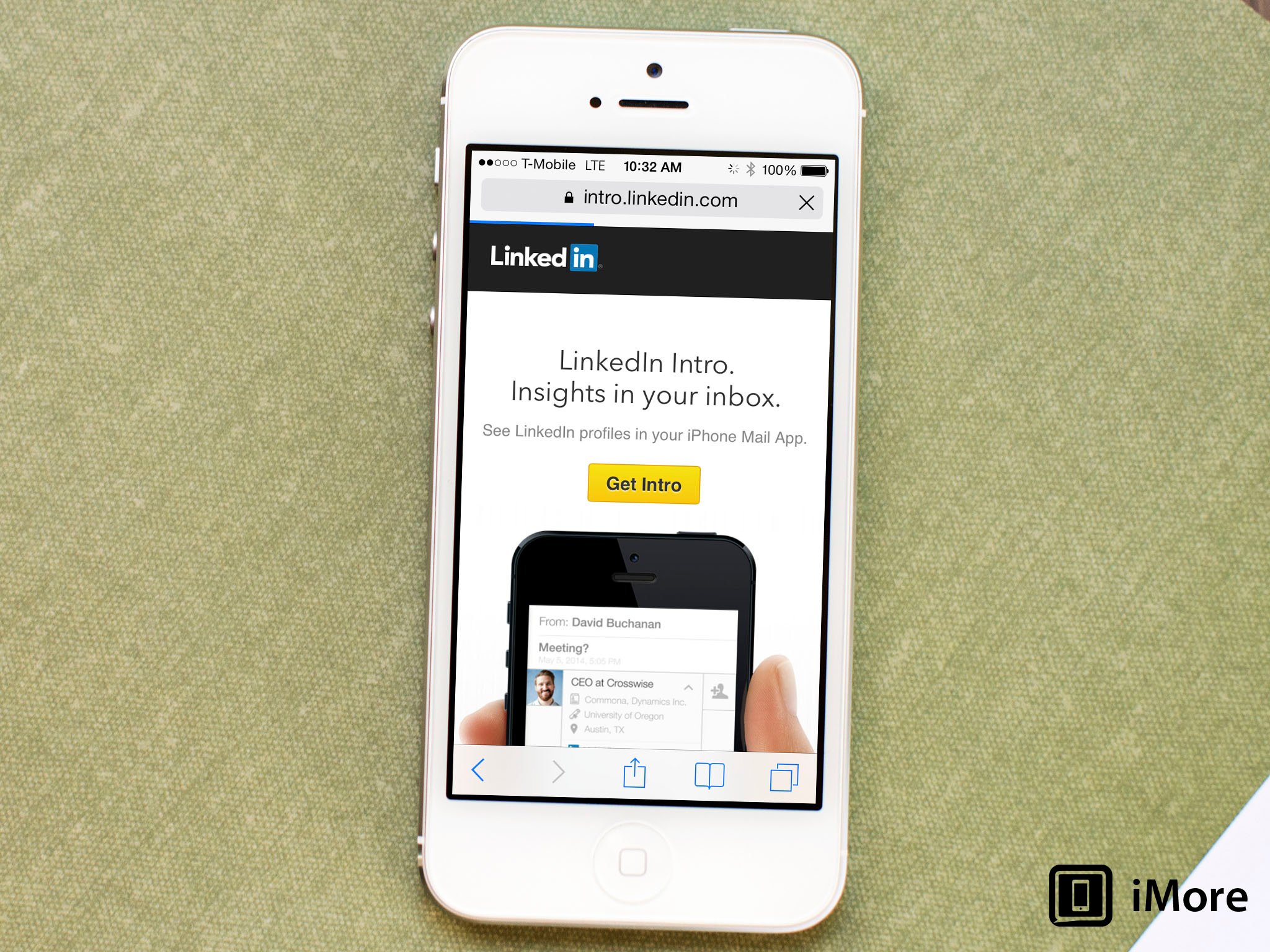By Ed Cropley
NIEU-BETHESDA, South Africa (Reuters) - Stretching across the heart of South Africa, the Karoo has stirred emotions for centuries, a stunning semi-desert wilderness that draws artists, hunters and the toughest of farmers.
It is now rousing less romantic passions.
If energy companies and the ruling African National Congress (ANC) get their way, it will soon be home to scientists and geologists mapping out shale gas fields touted as game-changers for Africa's biggest economy, and working out whether fracking will work here.
As with other prospective sites around the world, especially in Europe, the process is meeting significant opposition, some of it thrown up by Mother Nature, some not. The result is likely to be a lengthy delay before any exploration starts.
Fracking, or hydraulic fracturing, involves digging wells up to 4 kilometres (km) deep, then pumping in large amounts of water mixed with chemicals under high pressure to crack the shale rock and release the gas.
Not only does the Karoo have very little water - the mighty Kalahari desert lies just to its north - but the oil companies are up against a well-organised grass-roots lobby opposed to anything that could upset its fragile environment.
Amid the usual array of greens and "not in my back yard" campaigners sits South Africa's richest man, Cartier billionaire Johann Rupert, who is promising to take a legal fight up to the highest court if Pretoria rushes into granting exploration licences.
A lack of proper consultation with landowners over exploration, he and his legal team argue, has already violated property rights enshrined in the constitution.
They also say that a number of "significant unknowns" about fracking and the geology of the Karoo must be answered before any green light can be considered legally sound.
"We do need electricity. I'm not a troglodyte," Rupert, who is worth an estimated $6.6 billion, told Reuters this month after mining minister Susan Shabangu made clear she was keen to give the go-ahead.
"We just want to know that they are doing it in a safe way," he said. "If they do not abide by the law and by the constitution then we'll have to remind them that we do have a constitution."
Pro-fracking activists concede that a lengthy legal fight is inevitable.
"After the licence has been granted, there is going to be legal battle after legal battle after legal battle," said Vuyisile Booysen, chairman of the Karoo Shale Gas Community Forum.
GAS HUNT
The first formal interest in shale gas in the Karoo began in 2008, with an application for exploration rights - as yet ungranted - by Bundu Oil and Gas, a subsidiary of Australia's Challenger Energy.
Shale really made the headlines three years later, when Shell applied for an exploration licence covering more than 95,000 square kilometres, almost a quarter of the Karoo.
An outcry from farmers and landowners including Rupert ensued, prompting the government to freeze all new and existing applications while it assessed the risks and rewards of allowing exploration and ultimately production to go ahead.
During that time, the pro-fracking lobby, led by Shell, has laid out its stall.
Its key argument is that technically recoverable gas reserves, estimated by the U.S. Energy Information Administration at 390 trillion cubic feet (tcf), could transform an economy that has always been a big oil and gas importer.
The estimate gives South Africa the world's eighth biggest shale reserves, with nearly two-thirds the deposits estimated in the United States.
A Shell-commissioned study by Cape Town-based consultancy Econometrix suggests extracting 50 tcf, or 12.8 percent of potential reserves, would add $20 billion or 0.5 percent of GDP to the economy every year for 25 years and create 700,000 jobs.
With an election in six months, that argument has gained traction, especially as the ruling ANC is struggling to come up with answers for the millions of impoverished black citizens for whom life has changed little in the two decades since apartheid.
"By embarking on this process presented by hydraulic fracturing for the production of shale gas, we bring the country a step closer to the achievement of our objectives," Shabangu said this month as revised minerals laws were submitted to parliament.
Shell and its effervescent South African chairman, Bonang Mohale, are convinced their charm offensive will work. He insists Shell will frack safely and with minimum intrusion.
"We will get the licence. You can see the frenetic work the government is doing," Mohale told Reuters. "Why would they go to so much work if the intent is not to properly regulate hydraulic fracturing?"
WHAT ABOUT THE WATER?
However, the fact remains that the Karoo's environment - particularly its water supply - is very fragile, and local suspicion runs high.
In Nieu-Bethesda, a village of 1,500 people some 750 km (470 miles) south of Johannesburg, the only permanent water supply since it was founded by frontiersmen in the mid-1800s has been a spring that wells up from deep within the surrounding mountains.
Any interruption to that spring's flow or quality and the town of Nieu-Bethesda risks dying out, making it an extreme example of the threat to water safety that has sparked concern at fracking sites around the world.
"Shell must stay away from here," said 59-year-old Molly Nikelo, an unemployed grandmother who supplements her meagre monthly state hand-out by cultivating a small plot of rare purple garlic for sale in expensive eateries in Durban.
"What about the water? It supplies everybody and only comes from one place. People drink it, wash in it and grow vegetables with it. I've drunk this water every day of my life and I've never been to hospital."
Emotions are also being stirred by the legacy of white-minority rule that has left a handful of wealthy whites in control of most of South Africa's land, and blacks in dead-end townships waiting for jobs that never arrive.
"It has become a very nasty racial issue," said Samuel Zakay, a church minister who came down against fracking after "considerable thought and prayer".
"People have accused us black ministers of siding with these rich white people," he told Reuters in Graaff-Reinet, a typical Karoo town of quaint, white-washed cottages and Cape Dutch-style buildings with their distinctive rounded gables.
The pro-fracking lobby are adamant that whites are going to have to give some ground for the greater good, but insist they have nothing to fear.
The people against this project are a few wealthy white residents "who fear losing out", according to Booysen, the pro-fracking activist. "But this is not Zimbabwe where you take farms without compensation. And we are also concerned about the environment. I live here as well, you know."
HIGH STAKES
For Shell too, the stakes are high.
Having missed out on the U.S. shale gas revolution, South Africa offers a catch-up play and if it can pull off the technology in the Karoo, the firm will be well-placed to tackle the shale gas lodestone - China.
The world's most populous nation has the biggest estimated reserves, at 1,115 tcf, most of it thought to sit beneath remote, semi-desert regions similar to the Karoo.
Analysts say Shell will likely be able to conquer the technological challenge of fracking in the Karoo, but some are less certain that it can make money out of it.
To minimise the visual impact and its physical footprint, Mohale says Shell is looking to build 32 wells on each 100-metre-by-100 metre fracking "pad", compared to the six wells per pad widely used in North Dakota in the United States.
It is also adamant it will not compete with people in the Karoo for water, but can avoid trucking it in - often several thousand trips are needed per well - by drilling down to brackish aquifers as much as 4 kilometres underground, sucking up the water, cleaning it, and then using it to frack.
However, all this pumping and purifying imposes significant costs, and the 10-year outlook for global gas prices is not in Shell's favour, analysts say.
"One of the things about shale is that it is a manufacturing process. It's not an exploration and production process," said Philip Verleger, an independent U.S. energy analyst.
"It doesn't work if you have to spend huge sums of money finding water, sand or other material."
- South Africa
- Johann Rupert
- fracking
Source:
http://news.yahoo.com/insight-water-wealth-whites-africas-potent-anti-fracking-101350173.htmlRelated Topics:
edward norton Reign Kliff Kingsbury diana nyad kobe bryant







